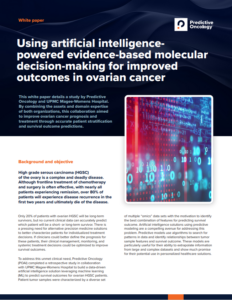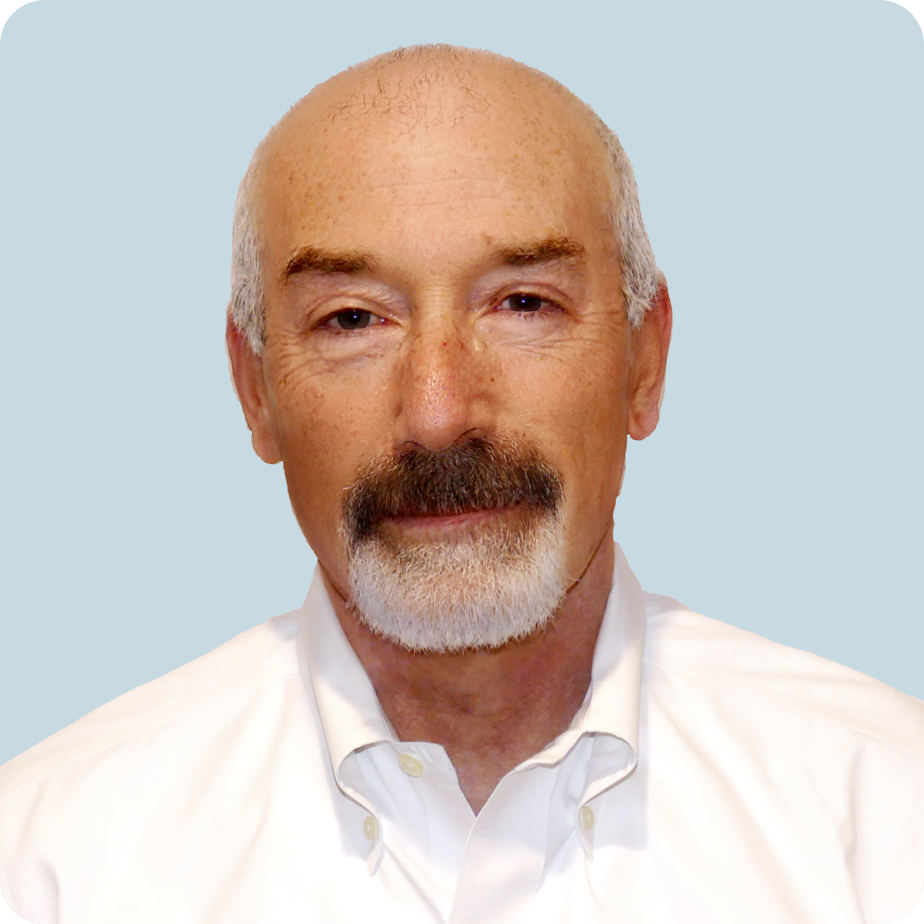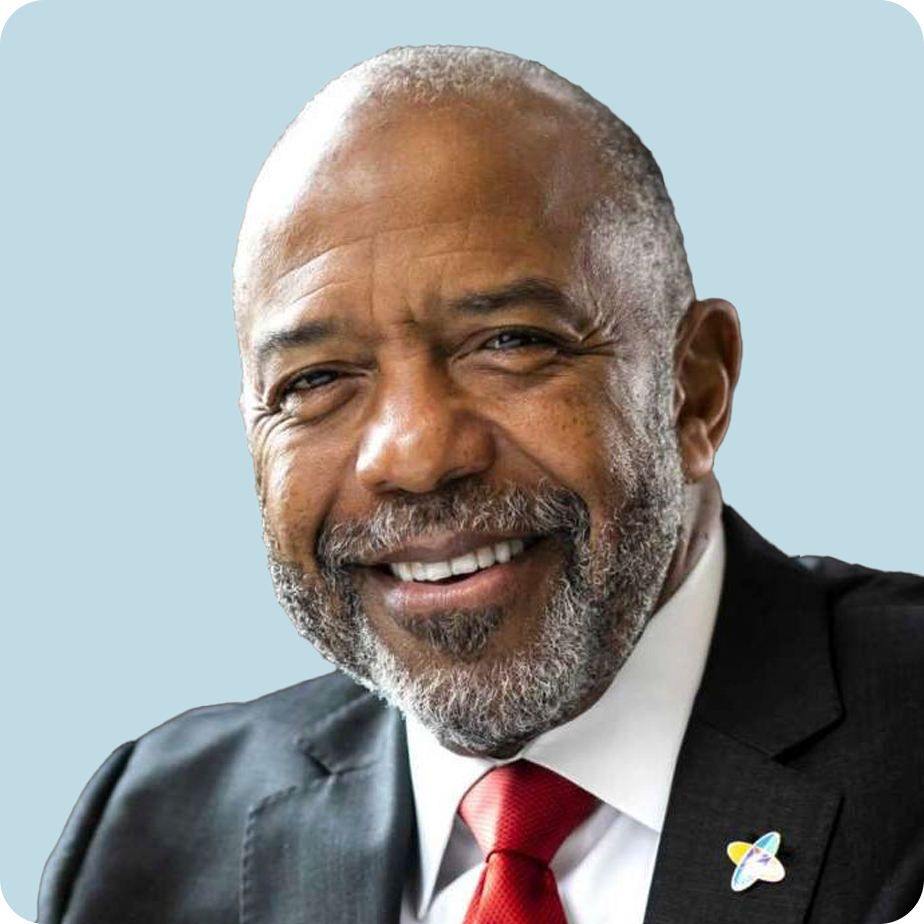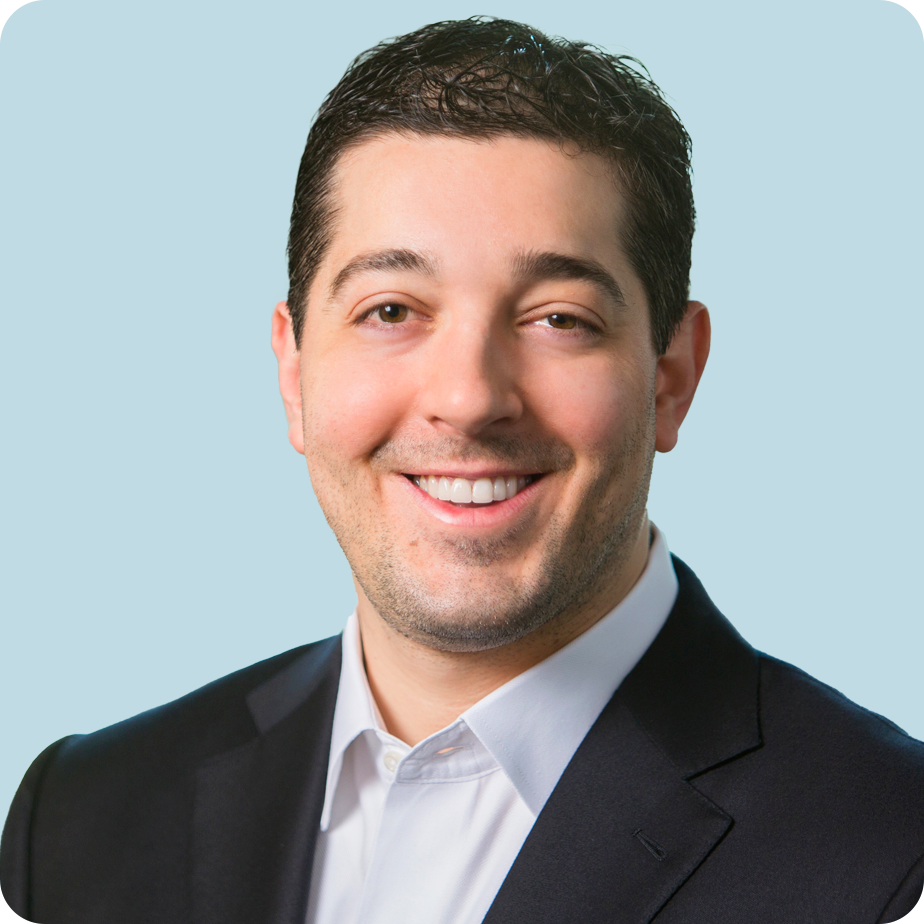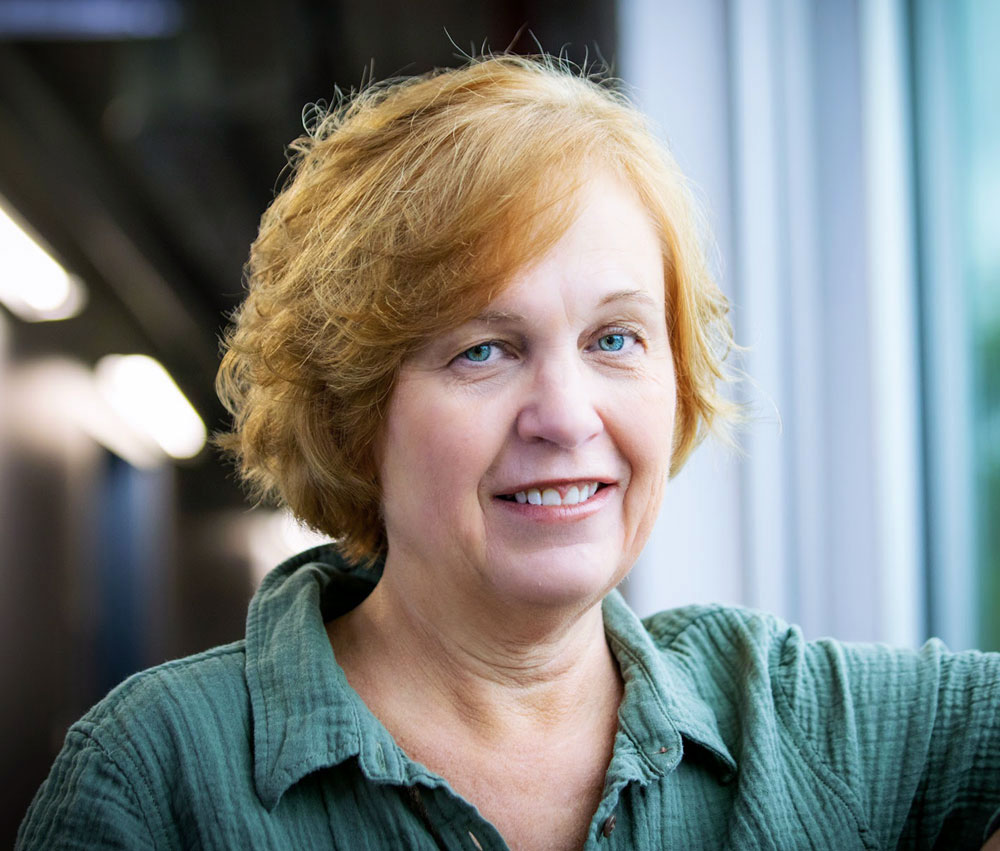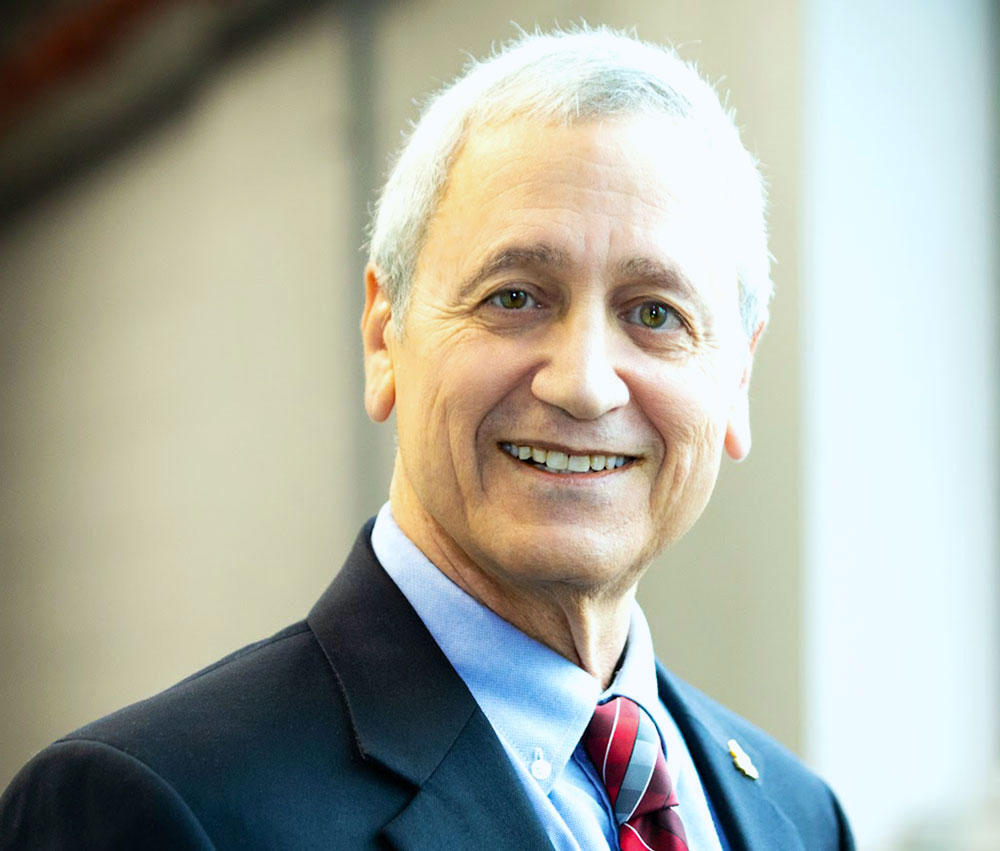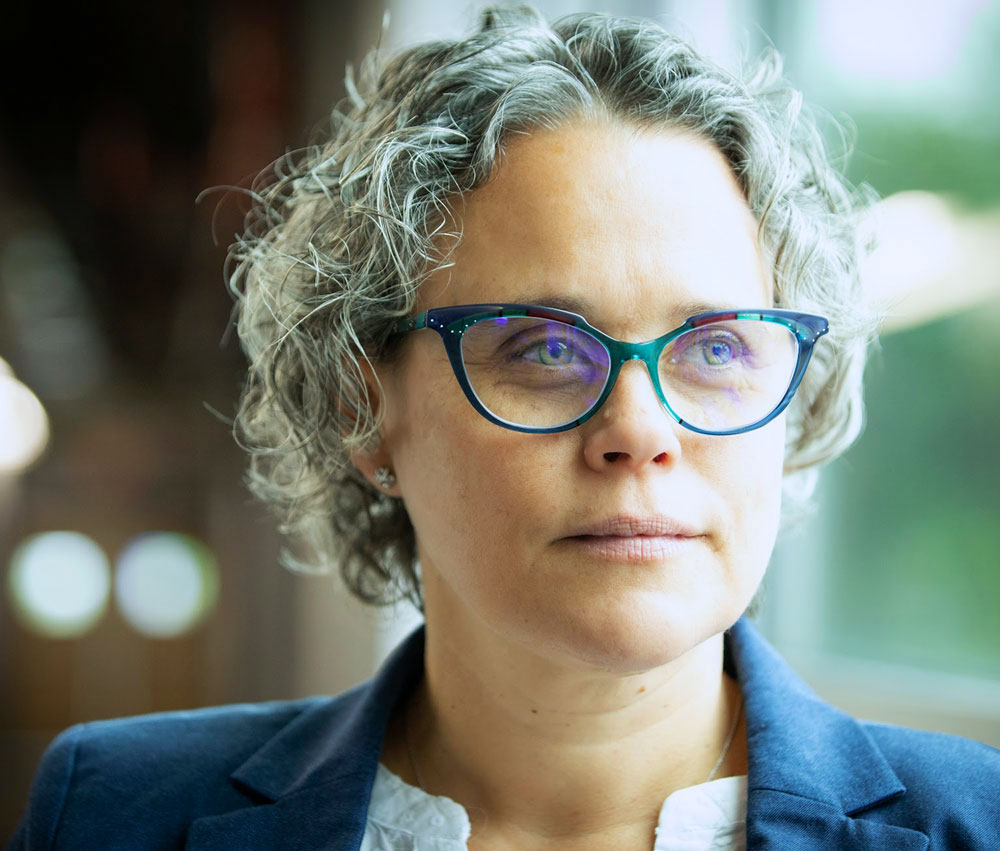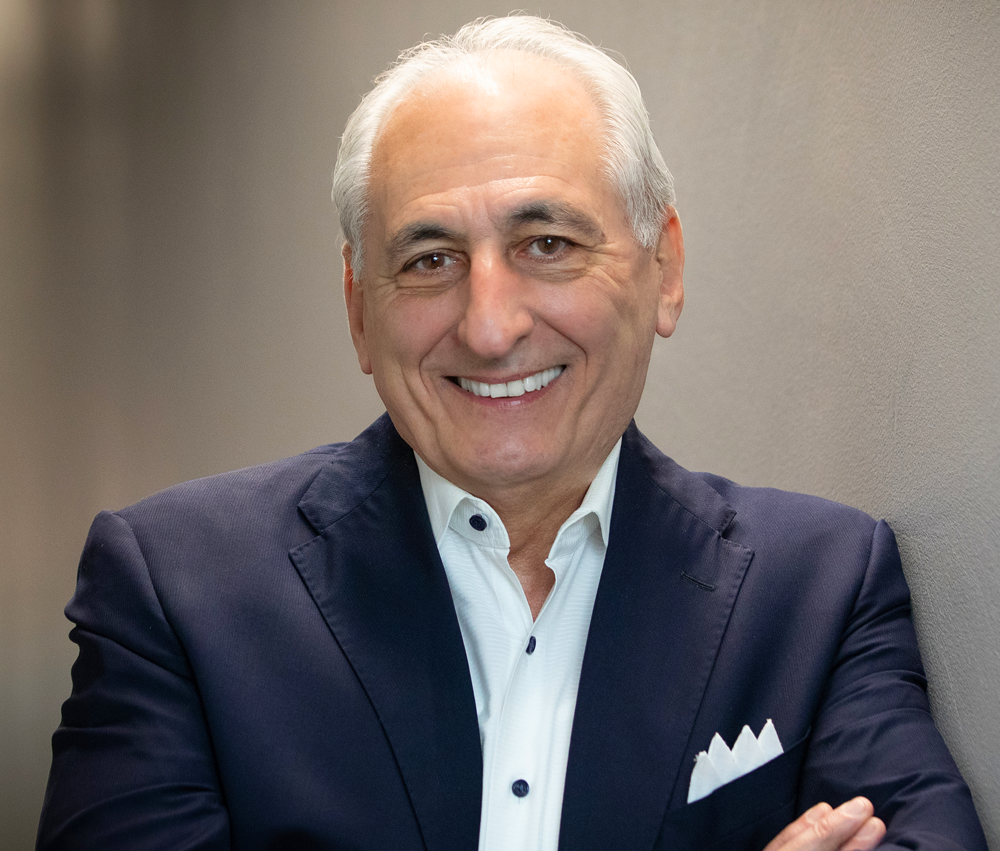In the wake of the COVID-19 pandemic, vaccines and, perhaps more importantly, their effectiveness, have been on virtually everyone’s minds. Amidst the public discourse over the COVID-19 vaccine, though, much of the science around the medical efficacy of these pharmaceutical products have been lost. Despite this, the medical professionals and research experts that strive to improve vaccine and drug efficacy every day have remained hard at work.
This article explains some of the core principles that go into ensuring a pharmaceutical product is indeed medically efficacious, from drug discovery to clinical trials to U.S. Food and Drug Administration (FDA) approval.
Drug efficacy and how it relates to solubility
When it comes to the development of a new drug formulation, be that for a vaccine or a medication, a major consideration is protein solubility. Unfortunately, optimizing both can be a big challenge that takes a considerable amount of time and money.
Dr. Larry DeLucas, SVP of Protein Science at Predictive Oncology (POAI) explained how solubility and stability impact drug and vaccine efficacy.
“When you inject something like the COVID-19 vaccine into someone, you need so many milligrams of proteins injected in a small volume for it to work,” DeLucas said. “You need to concentrate the protein while maintaining its solubility. The protein is very highly concentrated as a result.”
The problem is that highly concentrated proteins or peptides tend to stick to themselves in the vaccine solution. In big clusters like this, it is unlikely that the intended immune system response will occur, reducing the effectiveness of a vaccine or rendering it altogether worthless.
Excipients and finding the perfect combinations for solubility
To solve this problem, manufacturers turn to additives called excipients, which can improve the solubility of proteins and peptides and keep them from aggregating. Excipients, which could be sugars, amino acids, or polymers, help ensure the solution for a drug or vaccine remains homogeneous and bioavailable, the key to ensuring its effectiveness.
Unfortunately, there are millions of combinations of excipients to choose from, and every excipient could be introduced in varying concentrations – that makes it nearly impossible to find the best possible combination of excipients. Historically, researchers have had to engage in a timely and costly process of trial and error, examining each excipient in different concentrations and combinations within their pharmaceutical formulation. Naturally, there are only so many they can study before taking their best-educated guess, a far from optimal way to develop drugs.
Moreover, this trial and error process brings with it another major issue: the protein needed for most of these drug formulations is expensive and hard to come by. This makes finding the best combination of excipients and their optimal concentrations extremely costly, requiring companies to dedicate grams of their precious proteins to find the best possible formulation – and that’s before even producing enough to begin pre-clinical trials.
“Companies figure out these combinations by trial and error, but there are literally millions of possible combinations to choose from,” DeLucas said. “It’s time-consuming and expensive. The amount of protein they need for each formulation could be 0.5 grams or more.”
How stability can impact FDA clinical trials and approval
Adding so many excipients to a drug formulation can affect the stability of the vaccine or drug, a critical aspect of passing regulatory muster. As part of FDA clinical trials, the agency examines how well the vaccine or drug ages to determine its shelf-life and assign it an expiration date that ensures the safety of patients.
“The FDA typically requires over a year of time showing stability at a specified temperature,” DeLucas said. “Part of FDA approval means we understand the right conditions that the drug formulation [the pharmaceutical product] must be kept in until used.”
Once testing is complete, the FDA evaluates the stability data to determine the expiration of a pharmaceutical product. This evaluation includes the formulation’s exposure to various temperature levels, humidity, oxygen, and light, to name a few. The intent is to ensure that patients are administered only medications or vaccines that remain effective and safe even after spending time in transit or storage. It also helps determine optimal storage conditions, such as keeping medications in a cool, dark, dry place, for example.
Improving the solubility and stability of vaccines and pharmaceutical drugs offers a better chance at a prolonged shelf-life and FDA approval.
“You’ve got to figure out the right combination that keeps it soluble and makes it stable,” DeLucas emphasized. “You can’t have it breaking down quickly.”
Unfortunately, making a formulation more soluble can disrupt its stability. Without guaranteeing both solubility and stability, a drug will not pass FDA approval for clinical trials, which could mean wasted effort even if a company develops an extremely soluble formulation.
How Predictive Oncology is improving drug discovery and development
Self Interaction Chromatography
The first piece of the puzzle is determining the potential solubility of a protein in combination with certain excipients in varying concentrations. The method Soluble Biotech employs is called “Self Interaction Chromatography”, and it is designed to minimize wasted protein in the drug discovery process.
“We miniaturized a process known as Self Interaction Chromatography [to determine formulations that optimize the solubility for each protein or peptide therapeutic],” DeLucas said.
Self Interaction Chromatography involves binding a protein to a chromatography column and then injecting the same protein over the column. The bound protein is randomly bound to the chromatography column thereby ensuring that every orientation of the protein is exposed, as it would be in a solution.
The speed at which the protein moves through the column tells analysts whether the protein is sticking to or being repelled by the bound protein. Proteins that repel like proteins are less likely to cluster and therefore will be more soluble at higher concentrations.
Calculating the second virial coefficient
The volume of solution required to run the protein through the column is input into an equation that yields a number that represents a thermodynamic term known as the second virial coefficient. The second virial coefficient represents the sum of all interactions on the surface of a peptide or protein (i.e., charge, dipole, hydrophobic, and even van der Waals interactions). It is considered the gold standard in measuring protein-protein interactions.
A positive second virial coefficient value indicates net repulsion, or improved solubility, whereas negative values indicate net attraction and a poorer solubility. Using Self Interaction Chromatography is a more efficient method of computing the second virial coefficient compared to the traditional technique, which is known as Static Laser Light Scattering. This method is time consuming, requires a significant amount of protein, and is fraught with experimental challenges.
Soluble Biotech’s fully automated Self Interaction Chromatography system yields a second virial coefficient value every 30 minutes. Determination of the optimized, final formulation only requires about 60 to 70 milligrams of protein, DeLucas said, whereas other processes use between 0.5 and 1 gram of protein to develop the final formulation.
While that may not sound like a lot, proteins used in drug and vaccine formulations can be incredibly expensive and difficult to come by – so this step offers companies major savings when it comes to drug discovery.
Using artificial intelligence to boost solubility
DeLucas and his team are able to take the results of the Self Interaction Chromatography test and plug them into a formula to calculate the 2nd Virial Coefficient, a measure of a protein’s solubility. With this knowledge in hand, the team turns to a neural network to determine the ideal blend of excipients
After identifying the optimal excipients and their concentrations using the Self Interaction Chromatography system, the solution excipient conditions and measured solubility data are automatically input into a neural network which operates using a process known as “back propagation.”
In back propagation, the neural network takes about 5% of the existing data and sets it aside without analyzing. Then, leveraging the remaining data, it weights the different excipients and their concentrations and rapidly runs a series of refinements until it can accurately predict the data that is set aside. Over time, the algorithm learns and improves – once it reaches a point where the accuracy of its predictions can no longer improve, it then predicts 4,000 new excipient combinations and concentrations to determine the most soluble formulations for the vaccine or drug.
DeLucas and his team take the top 25 recommendations the neural network returns and test them for solubility and stability. If the formulations meet the team’s expectations and correlate well to the AI’s predictions, they can move forward into development and pre-clinical trials – no trial and error needed.
This offers pharmaceutical companies a major advantage over those who employ the conventional methods of trial and error with excipients, only to find out stability has been irreparably impacted by the time their formulation reaches pre-clinical trials. By then, immense amounts of time and money have been wasted. But with POAI’s model, companies can cut the waste and get straight to what works for both solubility and stability.
Want to learn more about how artificial intelligence supports Predictive Oncology’s mission of eliminating cancer? Read more on CoRE and PeDAL, our proprietary AI algorithms.
Beating the odds with Predictive Oncology and Soluble Biotech
Pharmaceutical companies have long been playing on the same playing field when it comes to drug discovery and development – and that playing field is rife with pitfalls and missteps. Fortunately, Predictive Oncology brings with it the capability to streamline drug discovery and development efforts by leveraging AI to more easily identify and optimize drug formulations from start to finish – that includes improving the odds they make it successfully through FDA clinical trials.
